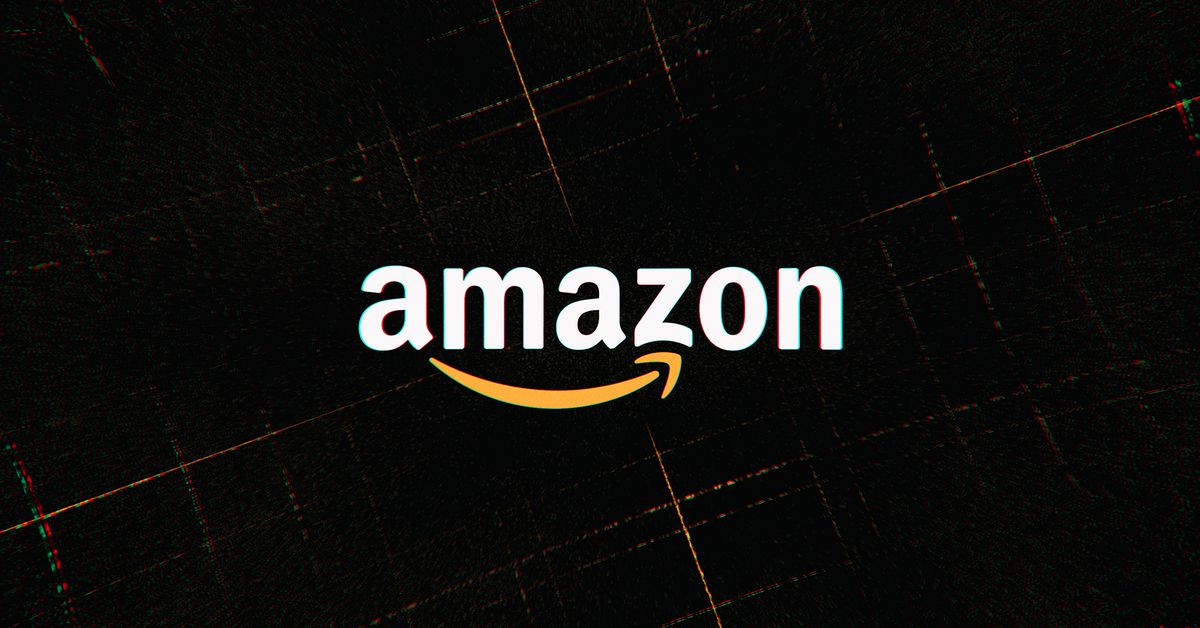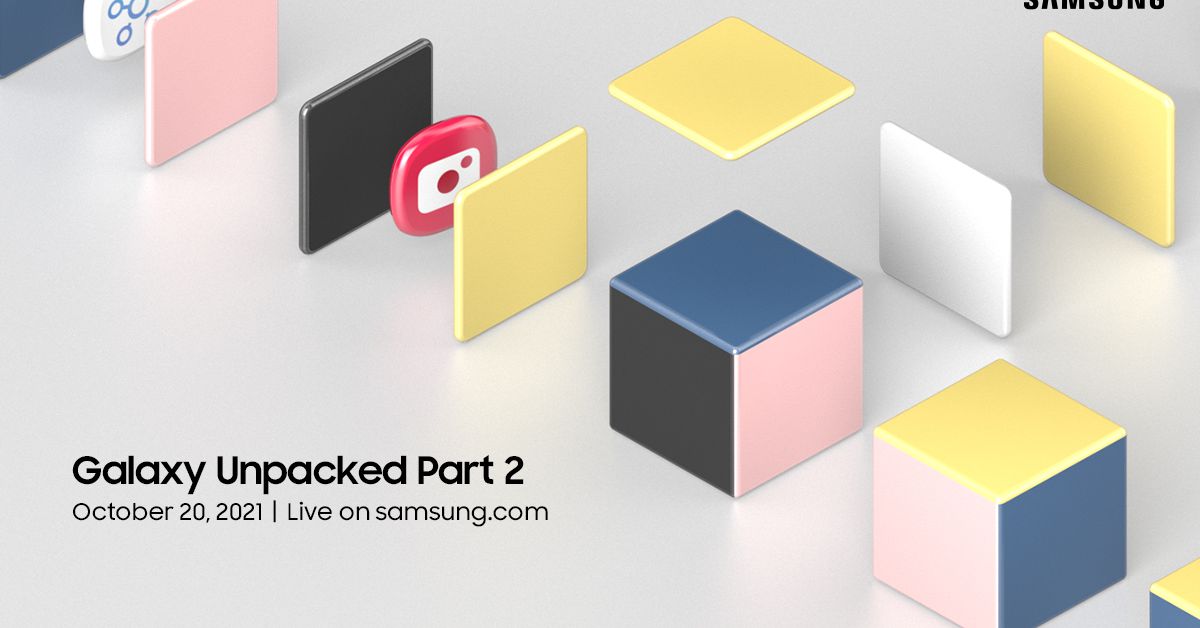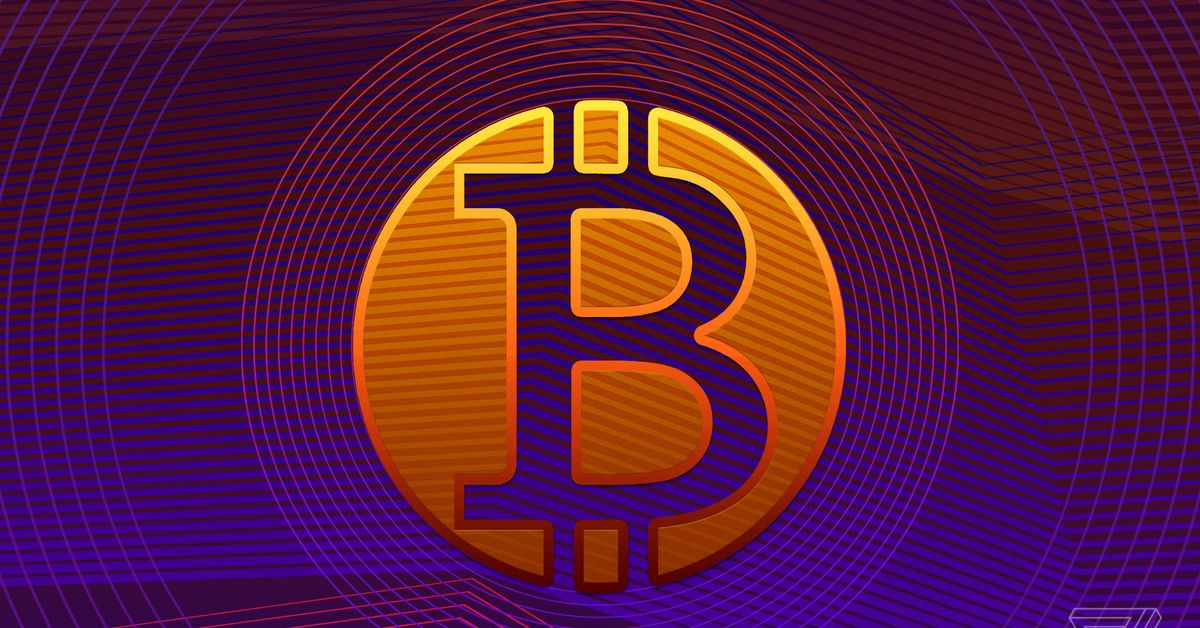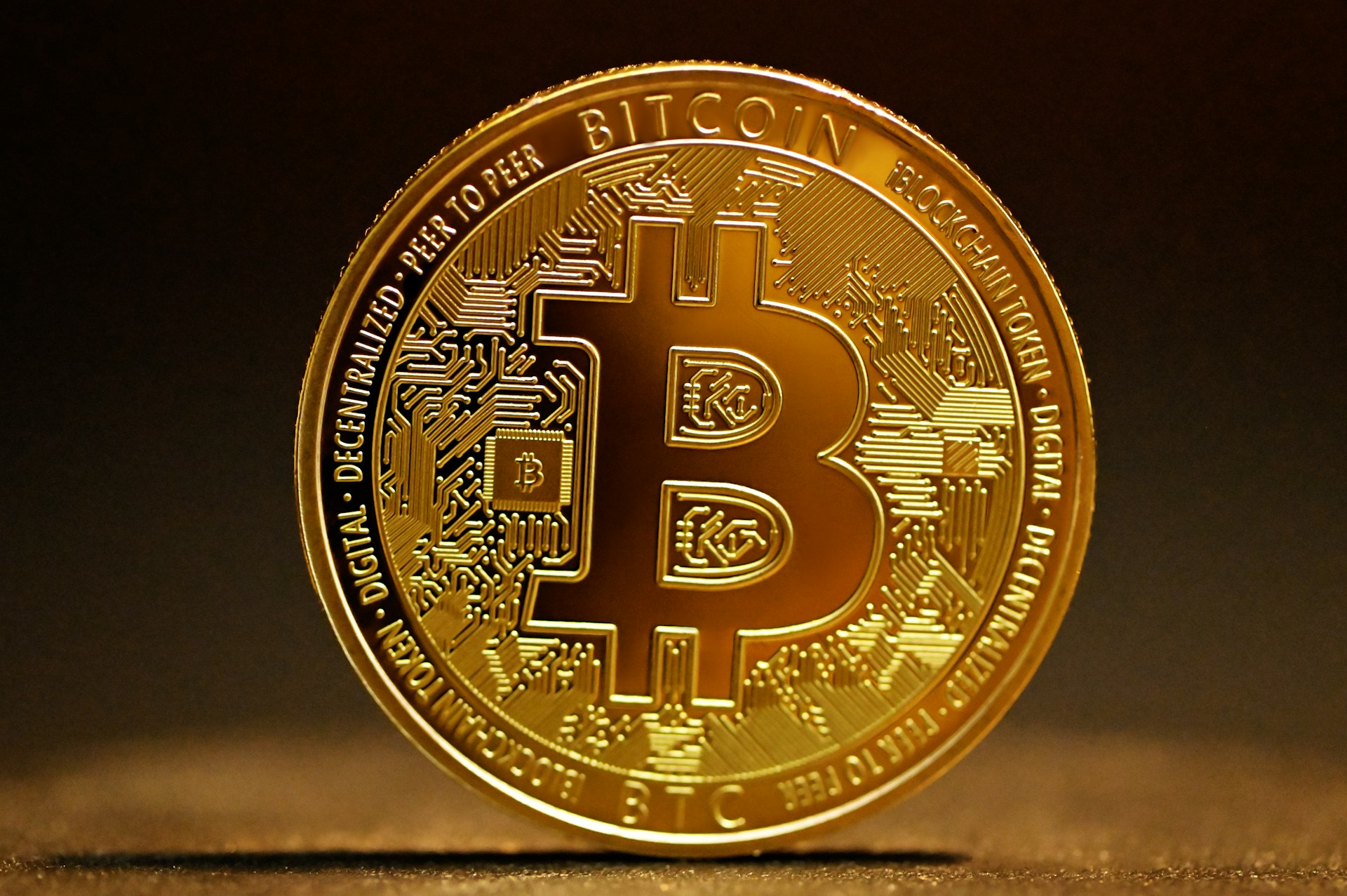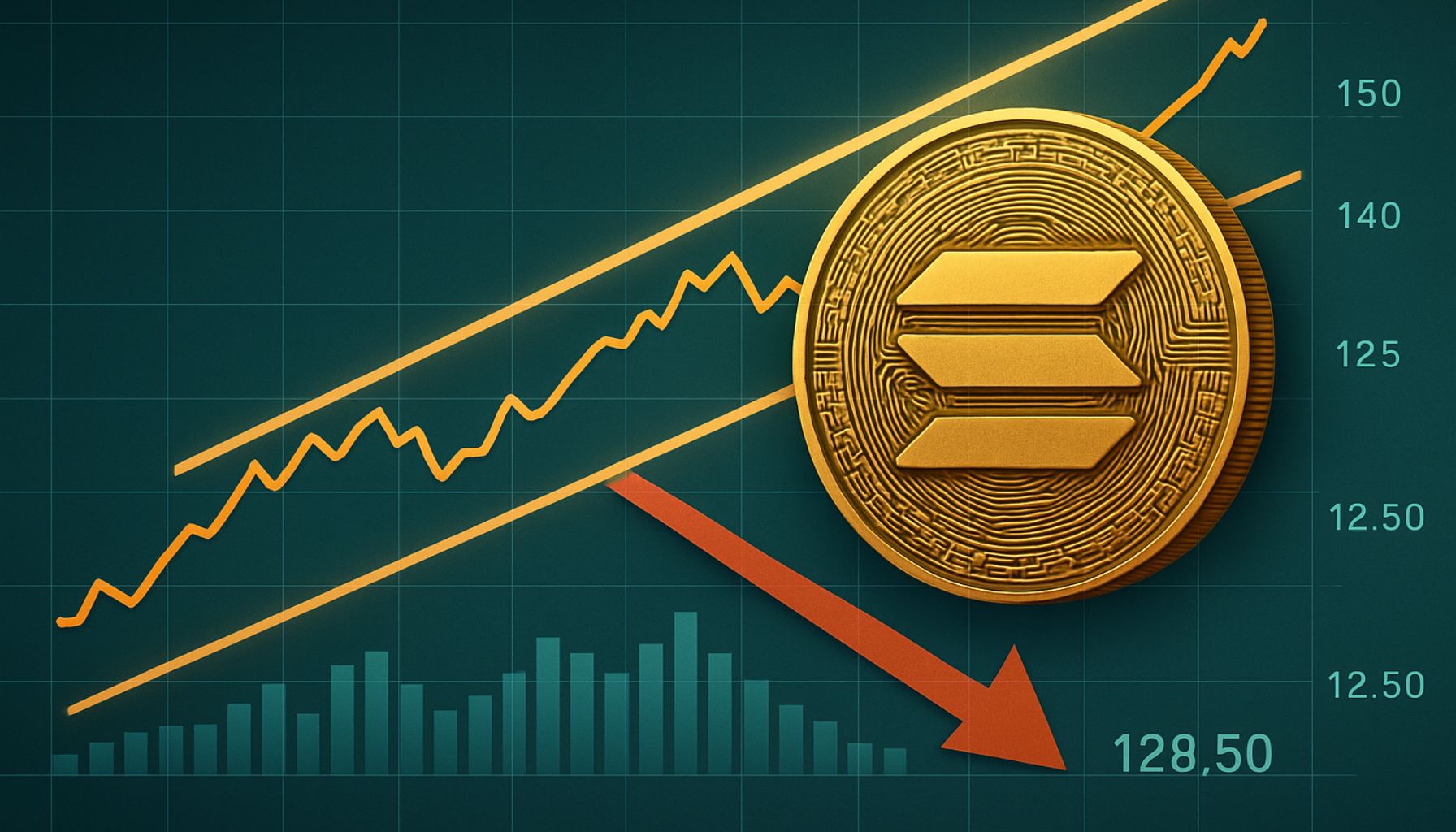Elon Musk’s Twitter, one year later
Photo illustration by Cath Virginia / The Verge | Photos by Getty ImagesIt’s been a year of personal grudges, harebrained rebrands, and jolting policy shifts. And those aren’t even the worst parts. Continue reading…
/cdn.vox-cdn.com/uploads/chorus_asset/file/25032165/236862_YTD_Twitter_FINAL_CVirginia.jpg)
Elon Musk has now owned the company formerly known as Twitter for an entire year. It’s been a disaster.
Before Musk, Twitter had its problems. It took forever to launch new features and had to try really hard to stop people from tweeting bad things. But for most of 2022, it was generally functional. Even as the company dealt with the chaos of Musk’s will-he-won’t-he approach to the acquisition, Twitter soldiered on with long-awaited updates like the edit button for Twitter Blue subscribers, new features for its Spaces audio rooms, and smaller improvements like new designs for icons. The company was working, even if it was moving slowly.
In retrospect, old Twitter was quaint
In retrospect, those Twitter updates were quaint. On October 27th, 2022, a day after walking into Twitter’s San Francisco headquarters carrying a sink for the sake of a joke tweet, Musk officially took over the company. He immediately fired key members of Twitter’s C-suite, then laid off around 5,000 people — about two-thirds of the company — over the next few weeks. The result was a relative skeleton crew dedicated to crafting Musk’s vision, even if it meant living and sleeping at work.
In a year that was supposed to bring aggressive changes to deal with bots and impersonation to the initial seeds of an “everything app,” the platform has instead been plagued by bad decisions of Musk’s own making — capped off by a baffling rebranding to the letter X. It’s now facing more competition than ever while staring down an abbreviated list of advertising partners that have departed the platform over concern for its instability under Musk.
Much of the damage to Twitter stemmed from one of Musk’s earliest decisions: Twitter’s failed first run at offering paid verified checkmarks for $7.99 per month (a price that Twitter landed on after Stephen King balked at the rumored $20 monthly fee) and the subsequent removal of legitimate verification badges from celebrities, journalists, and influencers. The change was obviously flawed from the start, enabling users to impersonate others and giving more visibility to potentially problematic voices who were willing to pay. The result disincentivized high-profile creators, celebrities, and brands from using the site — the types of accounts that people come to Twitter for in the first place.
Immediately after launch, there was a fake Nintendo account with Mario flipping the finger and a fake Eli Lilly account saying that insulin is now free, jolting the real Eli Lilly’s stock price as a result. Now, after a relaunch to address the impersonation problem, replies are often filled with boosted posts of crypto influencers and people desperate for engagement so they can maybe make money off Twitter’s ad revenue sharing. Unsurprisingly, it’s become difficult to tell who actually has influence on the platform and who just pays for it.
It wasn’t just users who fled. Advertisers were also spooked by the platform’s disorder and pulled back or entirely paused their spending. This posed a bigger problem: Twitter makes the vast majority of its money from advertising, and advertisers don’t love the new Twitter. Soon after Musk took over, three advertising juggernauts told their clients to pause spending on the platform.
Musk has given advertisers good reason to be worried about the platform’s brand safety and stability. Remember when Twitter banned the account tracking Musk’s flights, reinstated it, then banned it again? Or when Twitter banned all links to Instagram, Mastodon, and other competitors and then reversed that ban? Or when Musk ordered changes that made his tweets briefly take over the platform? Or when Twitter throttled Substack after it introduced its Twitter-like Notes product? Or when Musk threatened to sue the Anti-Defamation League? Or how the platform seemed to throttle links to some competitors and news sites in August and then was caught doing so again in September? Or when Musk threatened to show up at Meta CEO Mark Zuckerberg’s house for their proposed fight? Or when he appeared to dox Zuckerberg in a livestream?
In recent months, the platform’s new CEO, Linda Yaccarino, has been on a tour to make it sound like things aren’t going so bad in the ad world. On Thursday, she wrote that “since mid-May, all major agencies have reversed their pause guidance against advertising on X,” and last month, she shared that “90 percent of the top 100 advertisers have returned to the platform.” She said “big brands” like AT&T, Nissan, and Visa were coming back.
But returning doesn’t mean spending at the levels they once were. Media Matters for America reported that Visa had spent just $10 on Twitter in the weeks preceding Yaccarino’s comments, down from $77,500 in the weeks before Musk bought the company. That explains why the platform’s US advertising revenue was “still down” 60 percent in September, according to Musk himself. Estimates given to Reuters indicate that ad revenue on the platform has decreased year over year every month since Musk has owned the platform. And the service has fewer people to show those ads to. Similarweb reported that mobile monthly active users have decreased by nearly 18 percent from last September to this September.
The problems and user exodus at Twitter opened the door for a lot of Twitter alternatives. Mastodon, a decentralized social network that had been around before Musk took over Twitter, saw huge growth, and its underlying platform, ActivityPub, has turned into a powerful contender for the backbone of decentralized social networking. Bluesky, a different decentralized social network that originally started with funding from Twitter, has defined its own vibes and garnered waves of user sign-ups, too. Instagram’s co-founders just added posts to Artifact, their AI-powered news app. And there’s been a bunch of other options, like Post, Hive, and Pebble (which launched as “T2” and is shutting down), popping up to take a bite.
Meta, most notably, has launched Threads. None of these services has widely supplanted Twitter just yet, but Threads, with “just under” 100 million monthly active users following its July launch, looks like the best contender to take the crown.
And as Twitter looks to turn things around, Musk’s choice to torch Twitter’s identity with the platform’s sudden rebranding to X stands out as perhaps the year’s strangest decision. Even the word “tweet,” which has become synonymous with “a short post on Twitter,” is gone in favor of the more nebulous “post,” which is what you do on basically every internet platform.
A year on, X is still around, though it feels like it’s in a more tenuous position than when Musk bought it. Users are leaving; Yaccarino gave a daily active user number that was lower than what Twitter had reported before it was acquired. The platform is under investigation from the EU over content about the Israel-Hamas war, and Musk is being sued by the SEC over his refusal to testify about his purchases of Twitter shares.
X continues to survive, but the platform feels dramatically different from the so-called town square Twitter once was. I don’t know if it will ever be that place again. And there’s one thing that Musk can’t seem to mold the way he wants: despite the rebranding to X months ago, the website remains Twitter.com.

 Troov
Troov 







